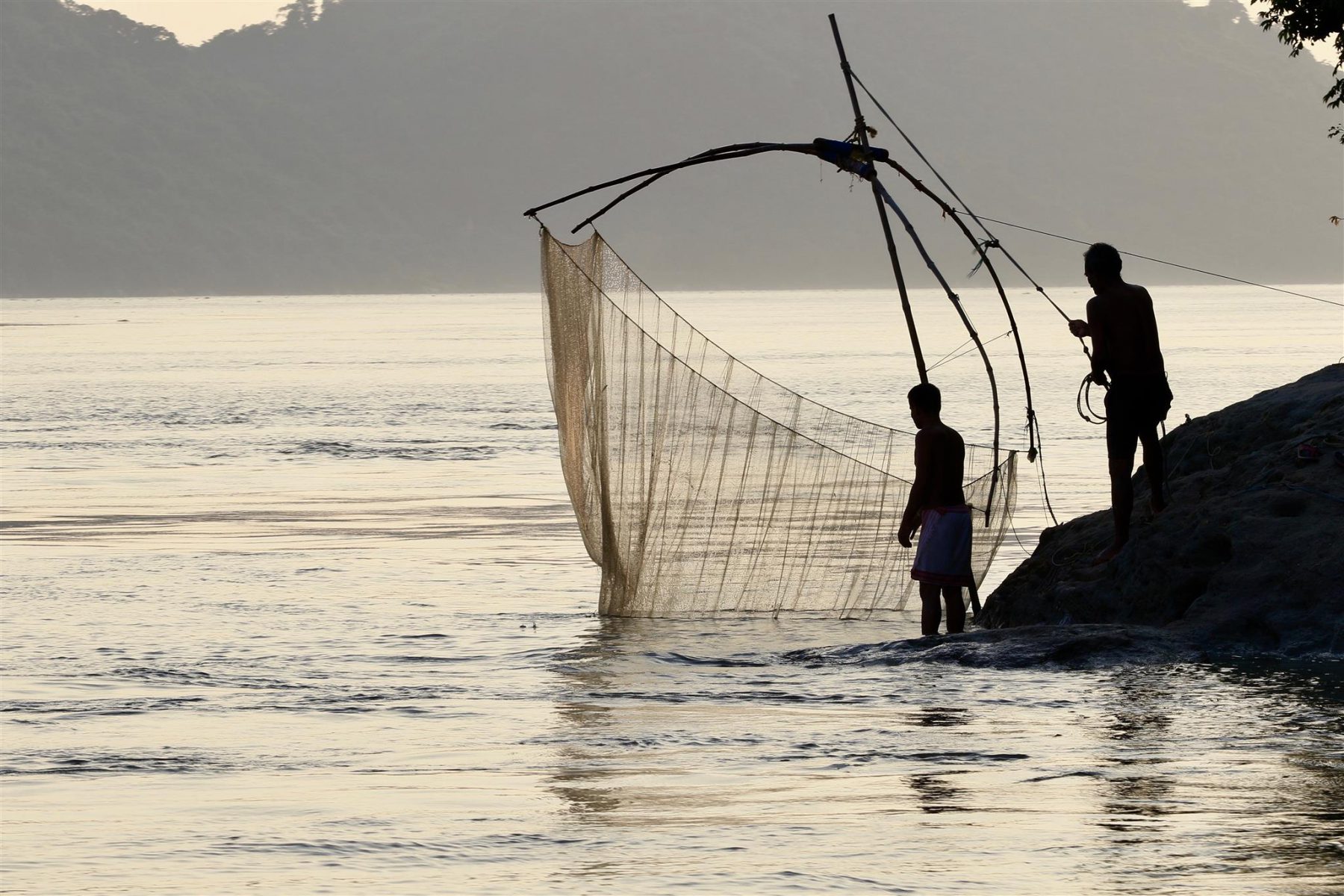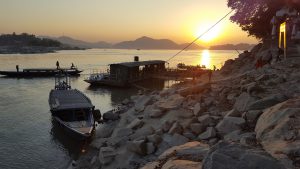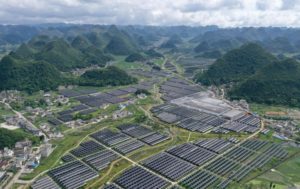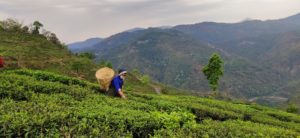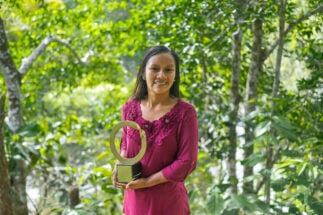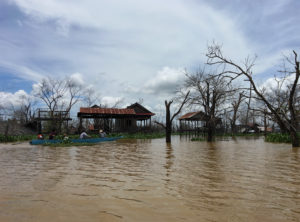In March 2016, India’s Parliament enacted the National Waterways Act, 2016, creating 106 new waterways on many rivers, river stretches, estuaries, creeks, backwaters and canals in the country. This was part of a renewed push for the development of large-scale commercial shipping and navigation on these inland waterways to transport bulk and hazardous goods. The move was called a “game changer” by Nitin Gadkari, then shipping minister.
A new report by the think-tank Manthan Adhyayan Kendra takes stock of the inland waterways programme from 2016 until the outbreak of the Covid-19 pandemic. It shows that not only has the government failed to keep its promises, but claimed benefits such as the low cost and environmental friendliness of inland waterways are based on wrong or incomplete analysis.
The status review
In 2016, 37 national waterways (NW) were prioritised, which were to be developed by 2019. However, work hasn’t even begun on 21 of these. These 37 NWs included waterways on the Gandak, Ghaghara and Kosi rivers, which were showcased for their potential to provide connectivity to Nepal. But after some initial work, development was stopped in 2020. Now these waterways are not even included in the list of NWs selected for development in the April 2020 Action Plan of Inland Waterways Authority of India (IWAI).
In the same 2020 report, IWAI revealed that 63 of the 106 newly declared waterways are not “feasible” for either cargo or passenger transport.
Development of these waterways depended on capital investment. In May 2017, Gadkari said the government would provide 20 billion Indian rupees (USD 274.33 million) every year for these waterways from the Central Roads Fund and “we can easily get works done worth 120 billion [annually] from that by raising more funds. It is my endeavour to operationalise 10 waterways before December 2018.”
Actual investment is rising, but is still way below the 20 billion per year promised by Gadkari; there is little evidence of any of the 120 billion that this was supposed to leverage. The total funds spent on the entire programme in the last five years are estimated to be around 40 billion.
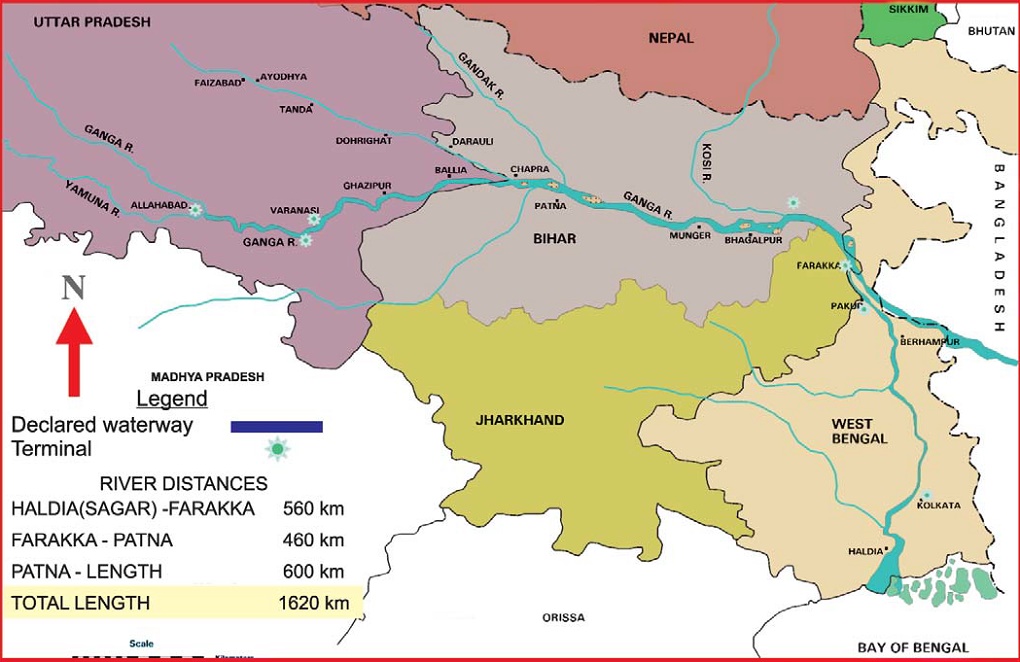
Work has been concentrated on the projects partially or wholly funded by the World Bank. These projects include Jal Marg Vikas Project (JMVP) on NW-1 on Ganga-Bhagirathi and Hooghly; another project on the Hooghly river called the West Bengal Inland Water Transport, Logistics and Spatial Development Project, and Assam Inland Water Transport Project which covers components of NW-2 (Brahmaputra) and NW-16 (Barak).
So far, even on the government’s flagship JMVP on NW-1, there is limited progress on fairway development. Multi-modal terminals were inaugurated in Varanasi (Uttar Pradesh) and Sahibganj (Jharkhand). Prime Minister Narendra Modi inaugurated the terminal at Varanasi, his parliamentary constituency. Then, in the 14 months since inauguration, it handled 280 tonnes of cargo in contrast to the projected 3.5 million tonnes.
Environmental cost
Globally, inland water transport is preferred for two reasons: it is more environmentally friendly and it is cheaper. But so far, in JMVP the cost of transporting cargo remains comparable with rail transport.
Developing waterways by dredging and the movement of barges with dirty cargo such as coal, fly ash and iron ore has many serious adverse ecological impacts. Five fly ash barges capsized in various stretches of the Hooghly river and the rivers of the Sundarbans in West Bengal in 2020, spilling their contents into the water.
Fishers are doubly vulnerable due to impacts on fish populations and damages to their fishing nets, on top of restrictions on fishing sites due to movement of barges.
Most of the impacts of waterways development and barge movement are underwater. Despite that, the environment ministry’s 2020 draft notification on environmental impact assessment (EIA) places waterways and all their components in a category that does not require any impact assessment, appraisal or public hearing.
Big players at the cost of communities
Now the government is making a major push for seaplanes and luxury cruises. This ignores the needs of local communities and fishers. For example, cruises have been introduced in Varanasi on NW-1 which adversely affect the traditional occupation of small boat operators on the Ganga. In Varanasi, farmers are also being forcibly displaced for land required for the World Bank-funded freight village to be developed for the Ganga Waterway.
There are some indications that with projects such as Arth Ganga and community jetties, JMVP may be tweaked to accommodate the needs of local communities. But so far, it is a small effort. It remains to be seen whether IWAI will prioritise the needs of local communities and fishers or of large corporate users.
